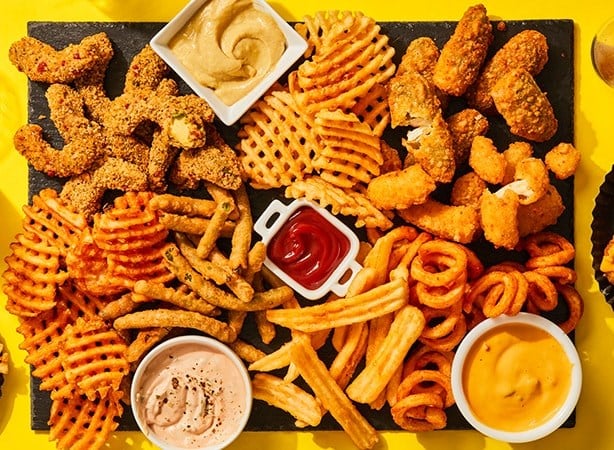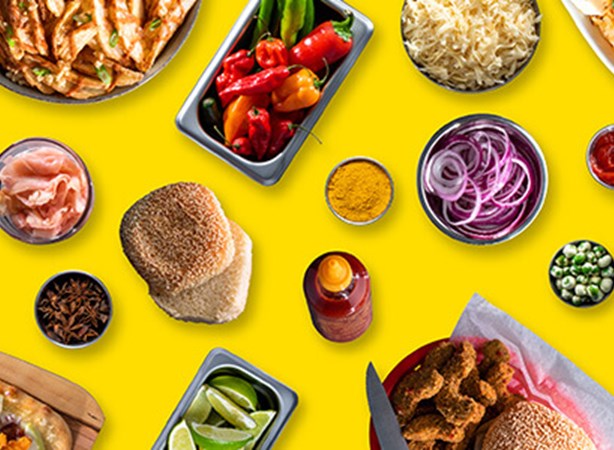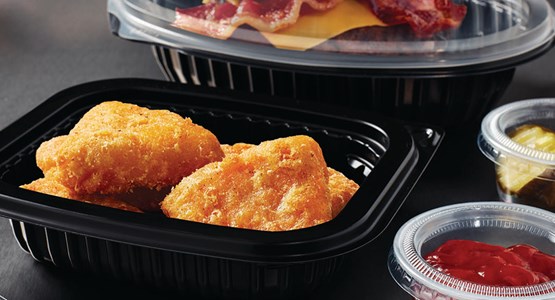
Delivery, a service perfected by quick-service and fast-casual operators, is growing among casual-dining operators determined to remain competitive in a hotly contested foodservice marketplace.
Approximately 44 percent of casual-dining operators now offer delivery, and that figure is expected to increase by 10 percent next year.
Approximately 44 percent of casual-dining operators now offer delivery, and that figure is expected to increase by 10 percent next year, reports Datassential, a market research firm. At least 12 percent of the general population had food delivered from a casual-dining restaurant in the last month, according to the firm’s 2018 Casual Dining Keynote report.
The strategy for casual-dining operators traditionally has been to create a destination location offering flavorful menu items served in friendly and attractive ambience. But as consumers voice increased interest in consuming restaurant food at home and elsewhere, operators are stepping up their game by:
- Focusing on menu items that travel well
- Teaming up with a dependable delivery partner
- Employing the most current technology
- Utilizing the appropriate packaging
- Reconfiguring the physical space to accommodate delivery
Accuracy and speed is critical to successful delivery programs. An online order for roasted garlic wings and a side of potato wedges at Buffalo Wings & Rings bypasses front-of-the-house employees and pops up in the kitchen point-of-sales display. Once complete, the order is ready for pickup or delivery by a third-party delivery vendor.
Third-party partners
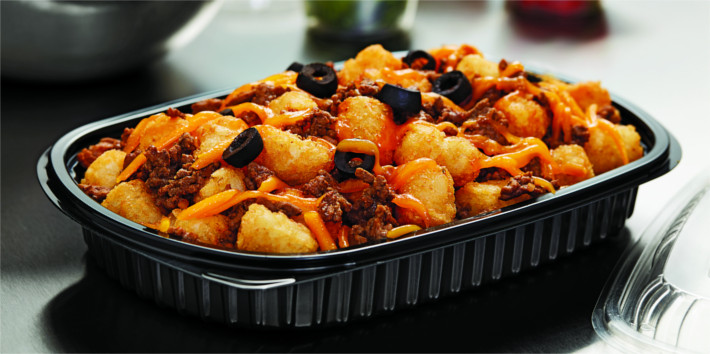

"This saves time at the store level and increases order accuracy by passing directly to the POS,” says Linsey Case, marketing manager for the Cincinnati, Ohio-based 56-unit casual-dining chain. Buffalo Wings & Rings also is partnering with Door Dash and other third-party deliverers to offer the service systemwide.
Locations that have launched delivery in their local areas are enjoying incremental sales increases that are not cannibalizing dine-in traffic.
“It’s a new offering and too big of an opportunity for us to pass up,” Case says.
To locate the best third-party delivery partner for Huntersville, N.C.-based Famous Toastery franchisees, chief operations officer David Burgess employed secret shoppers to evaluate delivery companies.
“I picked restaurants I know so I could evaluate the food,” Burgess says. “Was it hot? Was it consistent? I would know if the quality was not the same.”
Restaurants pay a fee to third-party delivery companies so operators must establish criteria to evaluate them, he says. Is a company easy to use for both the customers and the restaurant? How well is food delivered? Is the restaurant’s brand reputation maintained?
“These third-party services are a direct representative of your brand,” Burgess says. “They need to deliver that same feeling our guests receive when they visit the restaurant.”
Ensuring food quality
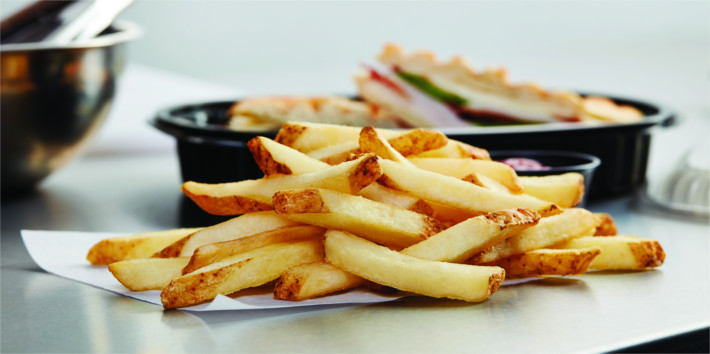

Food then becomes the chief representative of a brand when it comes to delivery, so it must be packaged to stay hot or cold, as needed. While many casual-dining operators are offering their full menu, most recognize that certain foods travel better than others. “Before we went with a third-party delivery company, we switched to more durable containers that enable the food to retain heat, or containers that are reheat-able," Burgess says.
According to Datassential, the foods consumers perceive to travel well for delivery include:
- Breakfast sandwiches
- Chicken wraps
- Burgers
- Potato side dishes
- Wings with dipping sauces
- Flat breads
- Breakfast pastries
Products like breaded cheese nuggets and deep-fried chicken eggrolls can travel well. For popular sides such as French fries, operators may look for fries with a coating or batter to help them stay crispy. Also the thicker the potato, the longer they will retain heat so potato wedges are another item that travels well for delivery.
On the other hand, consumers tend to be more wary of such delivery items as ice cream, smoothies, hot tea and breakfast items like French toast, oatmeal and pancakes, Datassential says.
The entire menu is available for delivery at Buffalo Wings & Rings, but the fact that wings travel well puts the company in a good position to offer delivery, Case says.
The big challenge for restaurants looking to partner with a third-party deliverer is identifying companies that have coverage areas large enough to match the restaurant chain’s geographic footprint, she notes. BWR is working with Door Dash for most of the chain’s locations, while some more distant franchisees have had to team with local delivery companies. By partnering, companies can take advantage of economies of scale to negotiate delivery fees.
Focus on technology
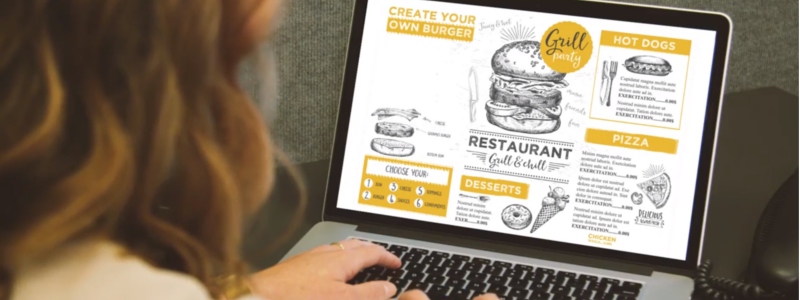

Technology also plays a key role in using third-parties for delivery, Case says. Door Dash uses Rails, a platform supported by online ordering system Olo, which allows customer orders to go directly into a restaurant’s point-of-sale system and emerge on order screens in the kitchen. Front-of-the-house staff will know the customer’s name for takeout that is then picked up by a third-party delivery company.
Red Robin Gourmet Burgers and Brews restaurants also use Olo for online ordering. Red Robin in June reported a 40-percent hike in off-premise sales for its first quarter this year over the previous year, thanks to an investment in digital technology. The Greenwood Village, Colo.-based casual-dining operator has been using a mix of third-party services and restaurant employees to handle deliveries. The company now offers delivery in about 70 percent of its 570 units.
As delivery demand increases, operators also are redesigning store layouts to create separate pickup areas.
Others have already been reserving parking spaces for pickup only.
“Over time, delivery will become more the norm,” Case predicts. “We need to make sure we keep off-premise dining in all of our initiatives. But as more people adopt it, as more people try it and get used to it, it’s going to become expected rather than something out of the ordinary.”
